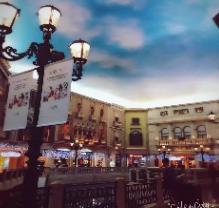Field Investigation
Tips
1) Participants' information is required during registration.2) Please present your Tour Ticket when getting on the bus. Please take care of your Tour Ticket as it is the only access to the tour.
3) Please follow the arrangement of the guide. Participants are not allowed to leave the team without permission.
Schedule:
♦ November 23, Whole Day (from 8:30 am to 4:30 pm)City University of Macau (Start from 8:40 am) → Ruins of St. Paul ( from 9:00 am to 10:00 am) → A-Ma Temple ( from 10:00 am to 11:00 am) → Maritime Museum (from 11:00 am to 12:00 am) → Lunch (from 12:00 am to 2:00 pm) → The Venetian Macao (from 2:00 pm to 4:00 pm) → City University of Macau (estimated arrival at 4:30 pm)
Note: This is a tentative itinerary. The final schedule is subject to slight adjustments based on actual arrangements made by the tour guide.
 Tour Highlights
Tour Highlights
Ruins of St. Paul (大三巴牌坊)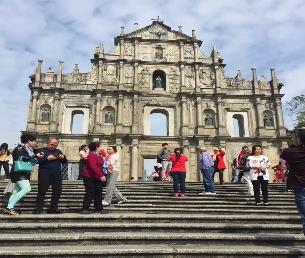
Ratings:




♦ Reasons to visit: Landmark and Symbol of Macau
♦ Opening Hours: All Day
♦ Recommended time to visit: 2 to 3 hours
♦ Main Sights: The Ruins of St. Paul's, the Section of Old City Wall, Na Tcha Temple, Catholic Church
While visiting the Ruins of the St. Paul's, in addition to enjoy the spectacular towering wall, one should also ponder the significance of the exquisite wall. The stone and the crypts of the Jesuits are the main parts of the Ruins of the St. Paul's. Between 1620 and 1627, the Japanese Christians in exile from their home and local craftsmen under the direction of Italian Jesuit Carlo Spinola intricately carved the stones. Dragon is the symbol of sacred in Chinese culture while in western culture, it symbolizes evilness, which explains the Jesuit images with Oriental themes like a woman stepping on a seven-headed hydra, described in Chinese characters as 'Holy Mother tramples the heads of the dragon'.
Now, the Ruins of St. Paul has become one of the symbols of Macao. Many tourists like to take a wedding picture as a souvenir.
A-Ma Temple (妈阁庙)
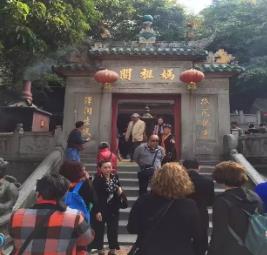
Ratings:



♦ Reasons to visit: The Oldest Temple in Macau
♦ Opening Hours: 7:00 am – 6:00 pm
♦ Recommended time to visit: Around 1 hour
♦ Main Sights: Hongren Hall, Avalokitesvara Hall
But sometimes this area is not only for the Temple Visit but you can go near/beside the temple. A-Ma Temple is close to Macau Maritime Museum, you can pay a visit to the museum if time allows. There are so many surrounding shops selling the local snacks of Macau. In front of the temple there are also some drink sellers and some Ice Cream Seller. It wouldn’t be bad idea to buy a drink or ice cream when you get there. In addition, this area there are many gift shops, visitors can come to walk around and buy some back as a gift for your friends or families.
Maritime Museum (澳门海事博物馆)

Ratings:



♦ Reasons to visit: The oldest museum in Macau's history and showcase the city’s rich maritime history.
♦ Opening Hours: 10:00 am – 6:00 pm (Last admission at 5:30 pm). Closed on Tuesdays.
♦ Recommended time to visit: Around 1 hours
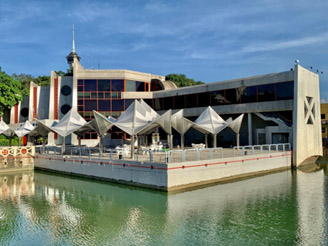
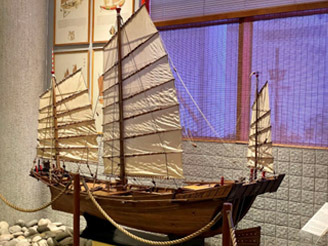
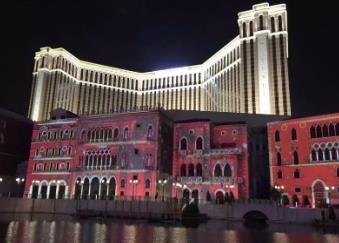
Ratings:



♦ Reasons to visit: Largest single block style hotel in Asia and the second largest building in the world
♦ Opening Hours: All Day
♦ Recommended time to visit: Around 2 hours
♦ Main Sights: tourist area including Cotai Arena, Grand Canal Shoppes etc and the casino area including Golden Fish, Imperial House and Phoenix etc
